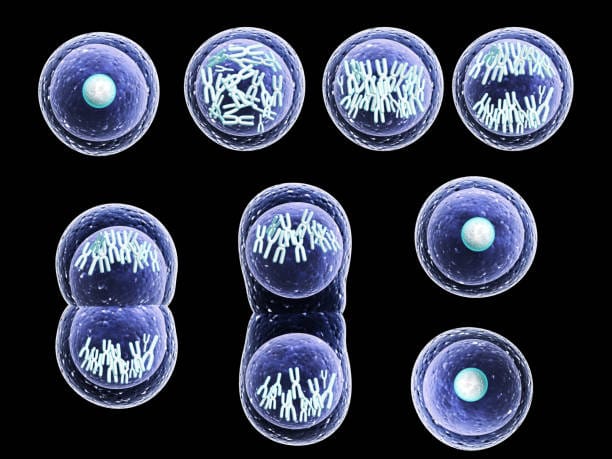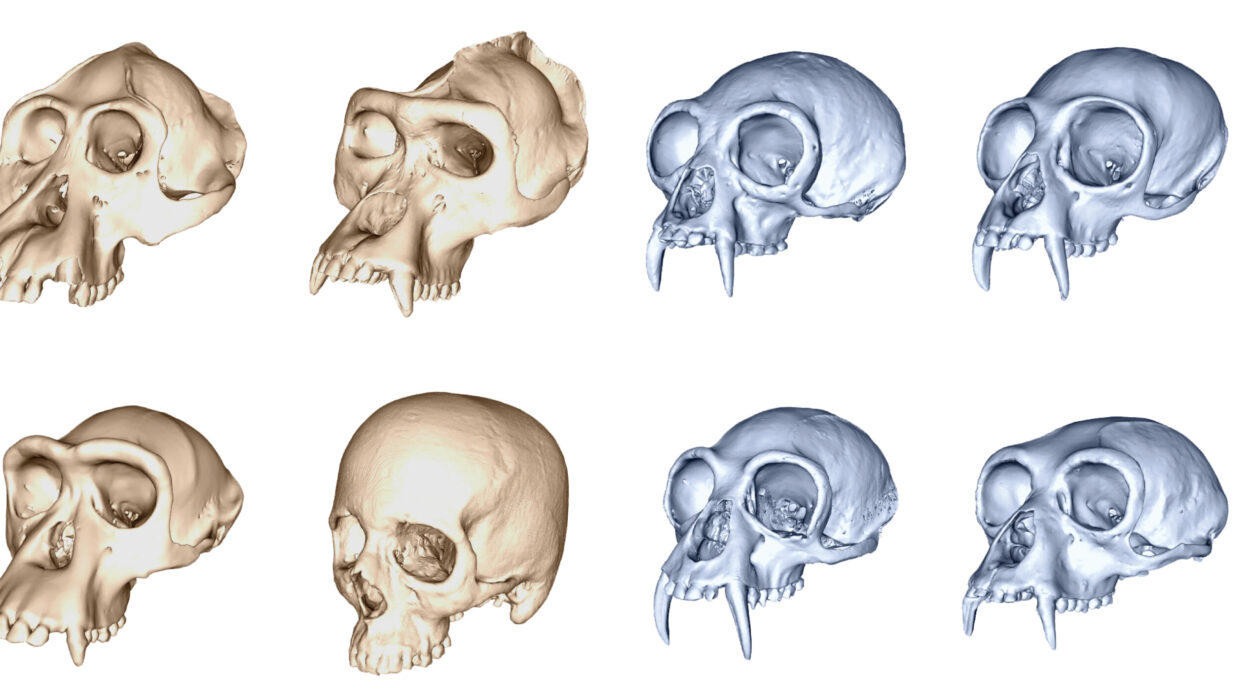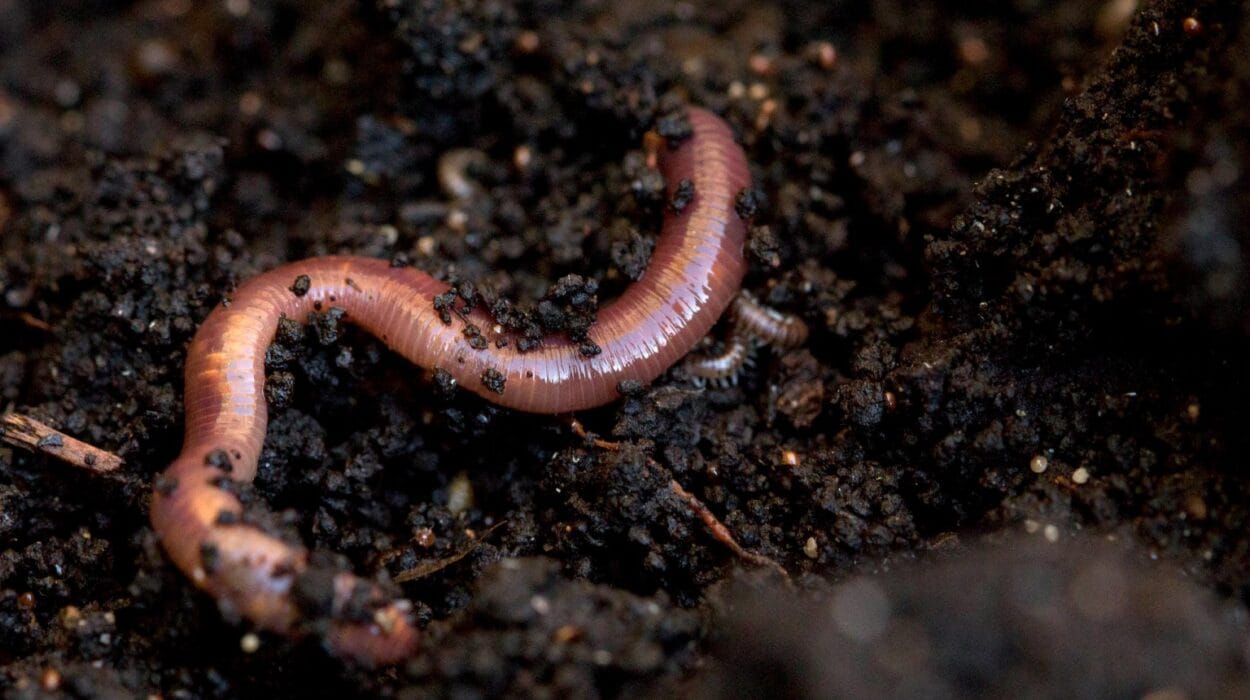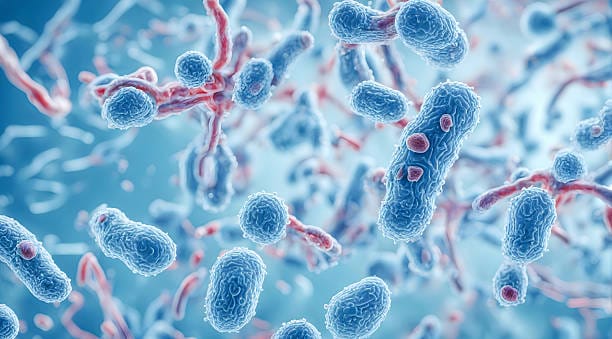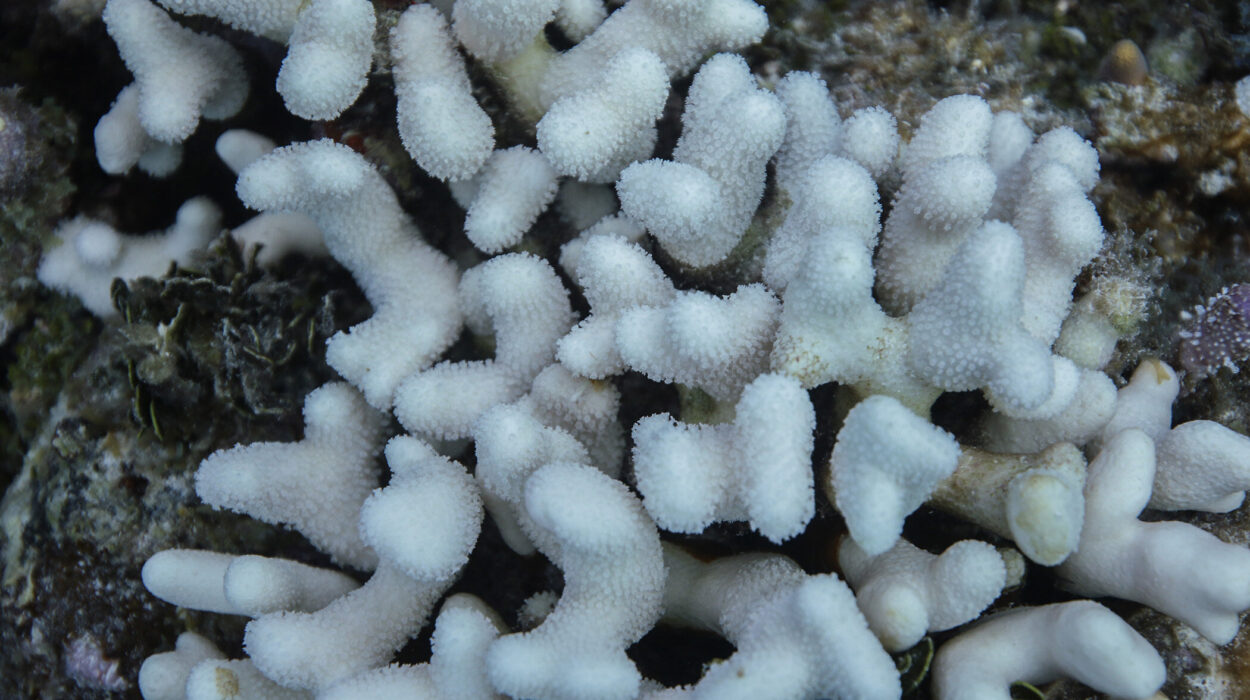Deep inside every living being, far beyond the reach of the naked eye, an extraordinary process unfolds billions of times each day. It happens in your fingertips as you heal a paper cut. It occurs in a child’s bones as they stretch with growth. It fuels the recovery of the lining in your stomach and the regeneration of your skin. This hidden marvel is called mitosis—a process so fundamental, so beautifully orchestrated, that without it, life as we know it would cease.
Mitosis is not just a mechanical division of cells. It is a choreographed ballet of biological precision, a feat of molecular engineering that ensures the continuity of life. It is the reason we grow, heal, and reproduce cells. Though it may seem like a dry concept in textbooks, mitosis is a living miracle—one that touches every corner of biology, from cancer research to embryonic development.
To understand mitosis is to peer into the very engine room of life, where DNA, the script of existence, is faithfully copied and distributed. This article explores the full scope of mitosis, diving deep into its stages, purpose, regulation, and implications. But more than that, it invites you to witness a story—one of elegance, order, and the tireless effort of your cells to sustain the miracle of being alive.
The Blueprint of Life: Why Cells Need to Divide
Every organism begins its life as a single cell—a fertilized egg that holds within it the entire blueprint for a new human, tree, or frog. From that one cell comes trillions more, each derived through division. But cell division isn’t simply about making more cells. It’s about ensuring that each new cell carries the exact same genetic information as the one before it.
At the heart of this requirement lies DNA—deoxyribonucleic acid. This twisted ladder of molecules encodes instructions for every protein your body needs. But DNA isn’t just a molecule; it’s a sacred script that must be preserved with nearly perfect accuracy through every generation of cells.
Mitosis is the process by which this script is faithfully duplicated and separated into two identical cells. Without mitosis, wounds wouldn’t heal, children wouldn’t grow, and our bodies couldn’t replace aging or damaged cells. It is, quite literally, the mechanism of life’s maintenance.
But how do cells manage this feat? How do they unravel and duplicate DNA without error, organize it into chromosomes, and then split it into two complete and functional new cells? The answer lies in the stages of mitosis, each one building upon the last in a precise and awe-inspiring cascade.
Before the Curtain Rises: The Interphase Prelude
Though not technically part of mitosis, the story begins in interphase—a stage that accounts for the majority of a cell’s life. During interphase, the cell is not dividing. Instead, it is busy preparing.
In the sub-stage called G₁ (Gap 1), the cell grows and performs its normal functions. It produces proteins, metabolizes nutrients, and accumulates the materials necessary for division. Then comes the S (synthesis) phase, a crucial moment when DNA replication occurs. Every chromosome in the nucleus is copied, resulting in two identical sister chromatids held together at a region called the centromere. Finally, the cell enters G₂ (Gap 2), where it checks the integrity of the newly replicated DNA and begins to build the machinery it will need for division.
Interphase is often overlooked, but it is essential. If mitosis is the act of handing out a perfect copy of a priceless manuscript, interphase is the quiet, meticulous process of copying it letter for letter, page by page.
Prophase: The Grand Opening
Mitosis begins in earnest with prophase—the first of its five dramatic stages. During prophase, the cell transforms. The chromatin, a diffuse and tangled form of DNA, begins to condense into visible chromosomes. Each chromosome is already duplicated from interphase and now consists of two sister chromatids.
This condensation is crucial. Like rolling up a scroll before moving it, the cell packages DNA tightly so it can be transported without tangling or damage. At the same time, the nucleolus—the structure within the nucleus that produces ribosomes—disappears, and the nuclear envelope begins to break down, exposing the chromosomes to the cytoplasm.
Meanwhile, the centrosomes, which had duplicated earlier, start migrating to opposite poles of the cell. From each centrosome, microtubules begin to extend, forming a structure known as the mitotic spindle. These spindle fibers will soon guide the chromosomes like invisible hands steering dancers across a stage.
Prometaphase: The Invisible Hands Take Hold
As the nuclear envelope fully disintegrates, the cell enters prometaphase. The spindle fibers now reach into the space where the nucleus once was, seeking their partners—the chromosomes.
Each chromatid has a protein structure at its centromere called a kinetochore. These are the anchor points where spindle fibers attach. Once connected, the spindle fibers begin to tug, testing the tension and ensuring that each chromatid is securely attached.
This stage may appear chaotic under a microscope, with chromosomes jostling and drifting. But it is a period of fine adjustment. Every attachment is checked, and misaligned chromosomes are corrected. Only when every chromosome is properly tethered will the cell move forward. It is a stunning example of molecular quality control.
Metaphase: The Lineup of Life
If prometaphase is about preparation, metaphase is about symmetry. At this stage, the chromosomes align themselves along the metaphase plate—an invisible plane equidistant from the two spindle poles.
This alignment is not arbitrary. It ensures that each daughter cell will receive one complete set of chromosomes. It is here that the cell pauses and checks once again: are all chromosomes properly attached? Are the kinetochores under equal tension?
This checkpoint is vital. If even a single chromosome is misaligned, the consequences could be catastrophic. Cells that pass this test are cleared for the next step—perhaps the most dramatic of all.
Anaphase: The Great Separation
In a sudden and stunning moment, the cohesion between sister chromatids breaks. Each chromatid is now considered an independent chromosome. Pulled by the shortening of the spindle fibers, the chromosomes are yanked toward opposite poles of the cell.
This separation is rapid and forceful, driven by motor proteins and the depolymerization of microtubules. Anaphase is the moment when the cell ensures that each daughter cell will receive an identical set of genetic instructions.
It’s a moment of irreversible commitment. The cell can no longer go back. The die is cast, and the split has begun.
Telophase: The Return to Normalcy
With chromosomes now at opposite ends of the cell, telophase begins. The cell begins to rebuild what was dismantled in prophase. The nuclear envelope re-forms around each cluster of chromosomes, creating two new nuclei.
The chromosomes begin to uncoil, returning to their thread-like chromatin form. The nucleolus reappears. The cell, once chaotic and divided, now begins to regain its normal appearance.
Telophase marks the near-completion of the process. But one final step remains—the physical division of the cell itself.
Cytokinesis: The Final Act
Cytokinesis is not technically a part of mitosis but is so closely linked that it often feels like the final chapter. During cytokinesis, the cytoplasm divides, creating two distinct daughter cells.
In animal cells, a contractile ring composed of actin filaments tightens like a drawstring, pinching the cell in two. This cleavage furrow deepens until the cell is split. In plant cells, which have rigid cell walls, a cell plate forms between the nuclei, eventually becoming a new wall that separates the two cells.
And just like that, the cycle is complete. From one cell came two, each genetically identical, each ready to grow, function, and—when the time is right—divide again.
The Purpose Behind the Process
Why does mitosis matter so much? Its significance can be felt in every biological process that depends on precision and continuity.
Growth depends on mitosis. From infancy to adulthood, our bodies expand by adding more cells. Healing depends on mitosis. When skin is scraped or organs are damaged, mitosis replenishes what is lost. Tissue maintenance depends on mitosis. Cells that wear out—like those in the intestine or on the skin—are constantly replaced through this process.
But mitosis also plays a role in specialization. In multicellular organisms, cells divide and then differentiate, taking on unique roles—neurons, muscle cells, blood cells—all of them tracing their lineage back to a dividing ancestor.
Even in the earliest moments of life, after fertilization, mitosis is what allows a single zygote to blossom into a complex organism. It is the mechanism by which life unfolds.
The Checkpoints of Fidelity
Mitosis is beautiful—but also dangerous. Any errors in chromosome separation can lead to mutations, cell death, or diseases such as cancer. That’s why cells employ multiple checkpoints throughout the cycle.
During interphase, the cell assesses whether DNA replication was successful and error-free. During metaphase, it checks that all chromosomes are correctly aligned and attached to spindle fibers. These quality-control mechanisms are enforced by proteins such as p53, a tumor suppressor often called the “guardian of the genome.”
When these checkpoints fail—due to mutations or environmental damage—cells can begin to divide uncontrollably. This loss of control is at the heart of cancer, a disease of mitosis gone awry. Understanding how mitosis is regulated, and how it can be manipulated, is a cornerstone of cancer research.
Mitosis and Modern Medicine
Scientists have long been fascinated by mitosis, not only for its role in basic biology but also for its implications in medicine and biotechnology. Many cancer treatments, including chemotherapy drugs like taxol and vincristine, target mitosis. By disrupting the spindle apparatus, these drugs prevent cancer cells from dividing—but also affect normal cells, leading to side effects.
Stem cell therapies rely on controlled mitosis to generate new tissues. Gene editing technologies such as CRISPR are integrated during or after cell division. Even regenerative medicine, with its promise of growing organs and tissues, is deeply connected to our understanding of how cells divide.
Researchers are also exploring how aging affects mitosis. With time, errors accumulate in cell division. Telomeres—the protective caps at the ends of chromosomes—shorten with each division, eventually leading to cellular senescence. Understanding how to delay or repair mitotic damage could unlock secrets to longevity.
A Process Older Than Time
Mitosis is not unique to humans. It is a process conserved across billions of years of evolution, from yeast to frogs to elephants. It is one of biology’s most ancient and elegant solutions to a problem: how to ensure that the information that defines life is passed on accurately and completely.
It is astonishing to think that every tree, every bird, every animal you have ever seen owes its existence to this process. That in your own body, at this very moment, trillions of cells are engaged in this microscopic dance.
The Poetry of Replication
Ultimately, mitosis is more than a biological process. It is a poem written in proteins, a narrative of renewal and identity. It speaks to the resilience of life—the unbroken thread that connects a single cell to a vast and intricate organism.
In every heartbeat, in every breath, in every step, mitosis hums quietly in the background, orchestrating the regeneration of our bodies. It is the heartbeat of life’s continuity, the conductor of cellular order, and the architect of growth and healing.
In understanding mitosis, we glimpse the sacred machinery of life itself—unyielding in its accuracy, relentless in its rhythm, and eternal in its purpose.
